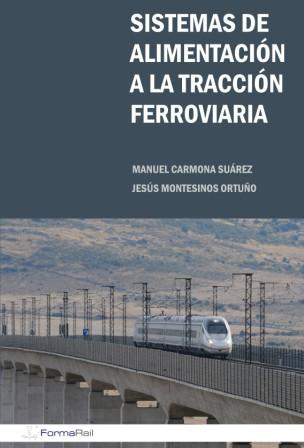Handbook of International Bridge Engineering
Autor: Wai-Fah Chen,Duan, Lian
Contenido
This comprehensive and up-to-date reference work and resource book covers state-of-the-art and state-of-the-practice for bridge engineering worldwide. Counties covered include Canada and the United States in North America; Argentina and Brazil in South America; Bosnia, Bulgaria, Croatia, Czech Republic, Denmark, Finland, France, Greece, Macedonia, Poland, Russia, Serbia, Slovakia, and Ukraine in the European continent; China, Indonesia, Japan, Chinese Taipei, and Thailand in Asia; and Egypt, Iran, and Turkey in the Middle East.The book examines the use of different materials for each region, including stone, timber, concrete, steel, and composite. It examines various bridge types, including slab, girder, segmental, truss, arch, suspension, and cable-stayed. A color insert illustrates select landmark bridges. It also presents ten benchmark comparisons for highway composite girder design from different countries; the highest bridges; the top 100 longest bridges, and the top 20 longest bridge spans for various bridge types including suspension, cable-stayed, extradosed, arch, girder, movable bridges (vertical lift, swing, and bascule), floating, stress ribbon, and timber; and bridge construction methods.
Contents
Bridge Engineering in Canada
Joost Meyboom
Bridge Engineering in the United States
M Myint Lwin and John M Kulicki
Bridge Engineering in Argentina
Tomás A del Carril
Bridge Engineering in Brazil
Augusto Carlos de Vasconcelos, Gilson L Marchesini, and Júlio Timerman
Bridge Engineering in Bosnia and Herzegovina
Boris Koboevic, Bisera Karalic–Hromic, and Damir Zenunovic
Bridge Engineering in Bulgaria
Doncho Partov and Dobromir Dinev
Bridge Engineering in Croatia
Jure Radić and Goran Puž
Bridge Engineering in the Czech Republic
Jiri Strasky
Bridge Engineering in Denmark
Niels Jørgen Gimsing
Bridge Engineering in Finland
Esko Järvenpää
Bridge Engineering in France
Jean-Armand Calgaro
Bridge Engineering in Greece
Stamatios Stathopoulos
Bridge Engineering in Macedonia
Tihomir Nikolovski and Dragan Ivanov
Bridge Engineering in Poland
Jan Biliszczuk, Jan Bien´, Wojciech Barcik, Paweł Hawryszków, and Maciej Hildebrand
Bridge Engineering in Russia
Simon A Blank and Vadim A Seliverstov
Bridge Engineering in Serbia
Radomir Folić
Bridge Engineering in the Slovak Republic
Ivan Baláž
Bridge Engineering in Turkey
Cetin Yilmaz, Alp Caner, and Ahmet Turer
Bridge Engineering in Ukraine
Mykhailo Korniev
Bridge Engineering in China
Quan Qin, Gang Mei, and Gongyi Xu
Bridge Engineering in Indonesia
Wiryanto Dewobroto, Lanny Hidayat and Herry Vaza
Bridge Engineering in Iran
Shervin Maleki
Bridge Engineering in Japan
Masatsugu Nagai, Yoshiaki Okui, Yutaka Kawai,Masaaki Yamamoto, and Kimio Saito
Bridge Engineering in Chinese Taipei
Y B Yang, Dyi-Wei Chang, Dzong-Chwang Dzeng, and Ping-Hsun Huang
Bridge Engineering in Thailand
Ekasit Limsuwan and Amorn Pimanmas
Bridge Engineering in Egypt
Mourad M Bakhoum
Benchmark Designs of Highway Composite Girder Bridges
Shouji Toma
Highest Bridges
Eric Sakowski
Longest Bridges and Bridge Spans
Lian Duan
Index
- Páginas: 1
- Edición: 1ª
- Idioma: Inglés
- Año: 2013
- PRECIO 190,00 Euros
- SI LO DESEA PUEDE EFECTUAR SU PEDIDO A TRAVES DE NUESTRA WEB www.ingenieriayarte.com


